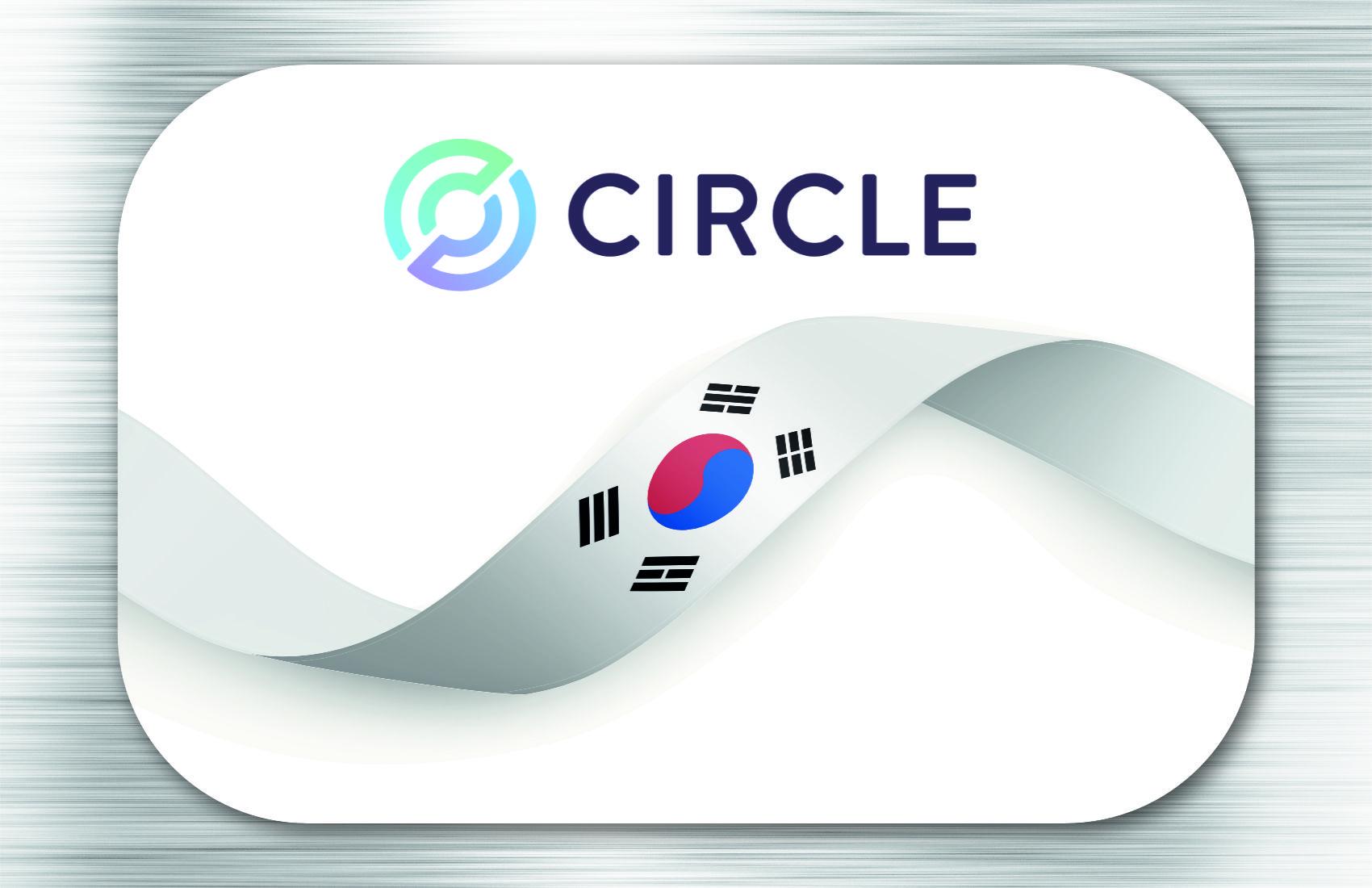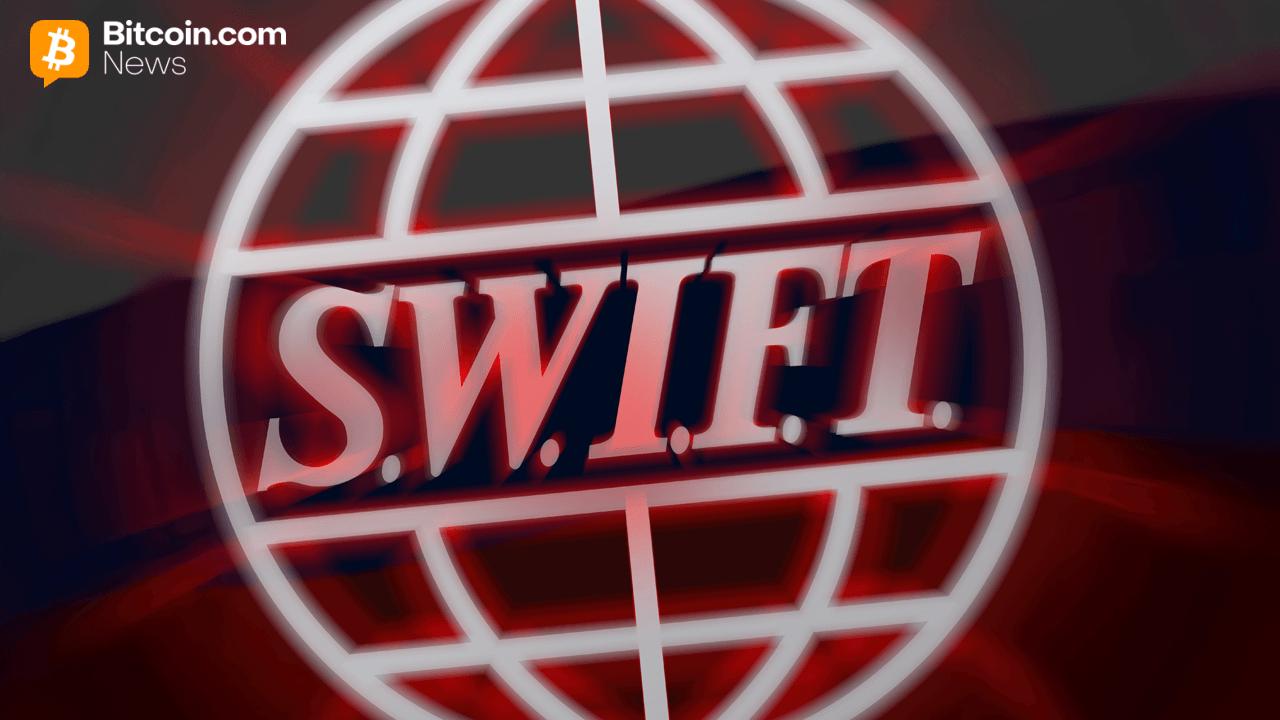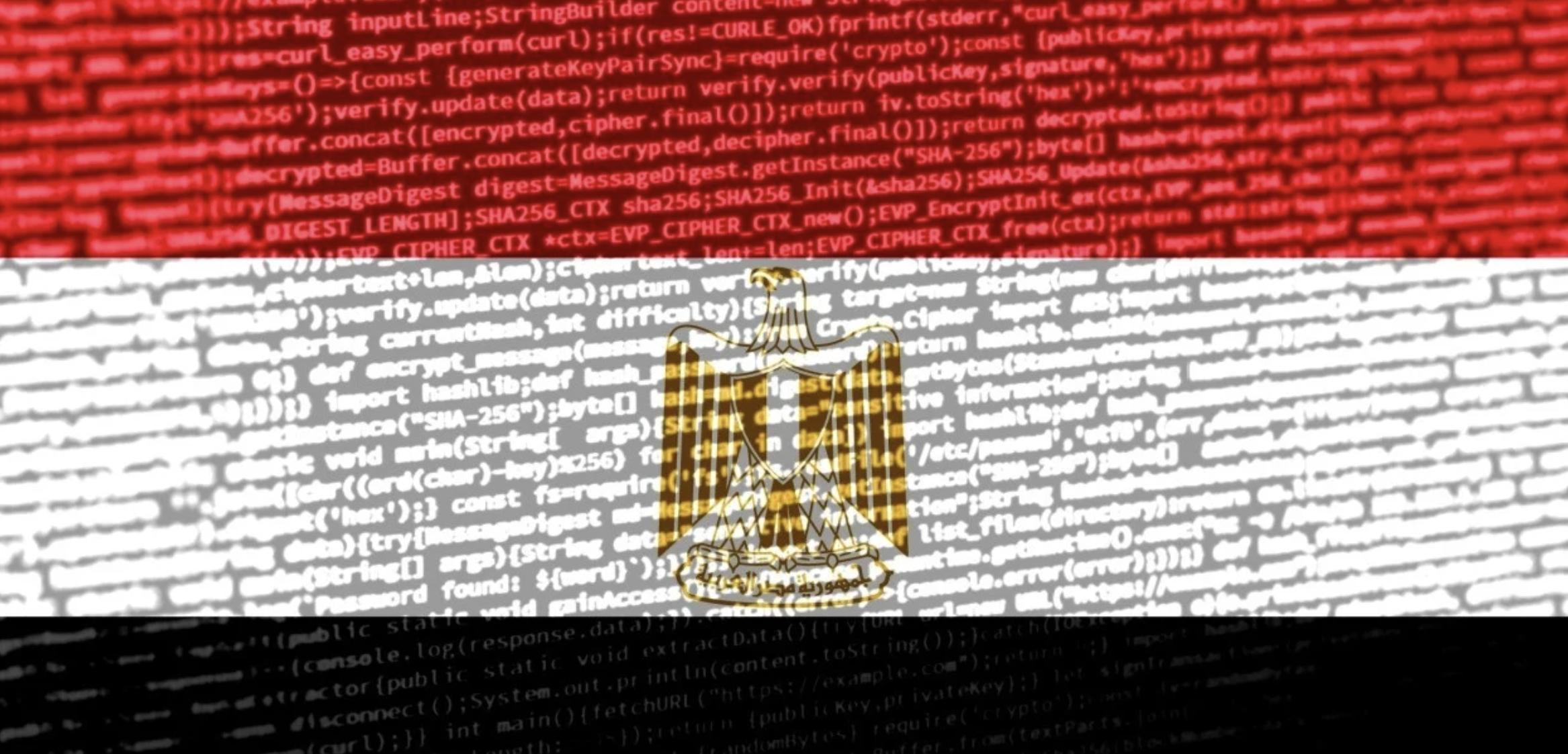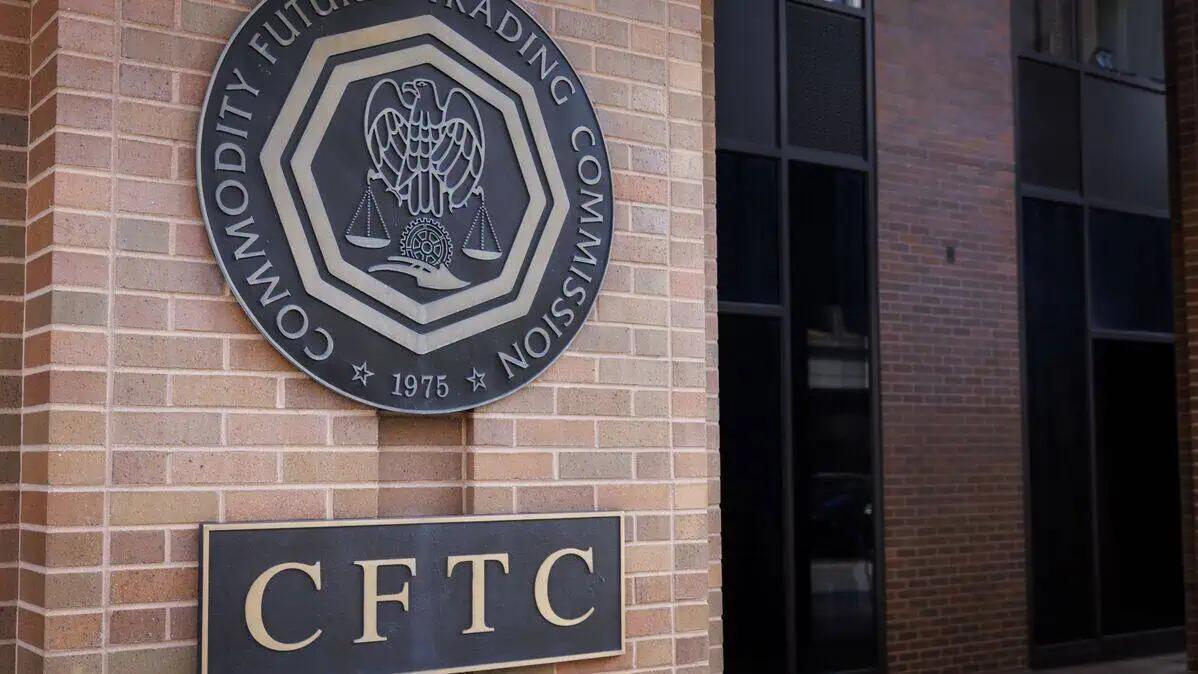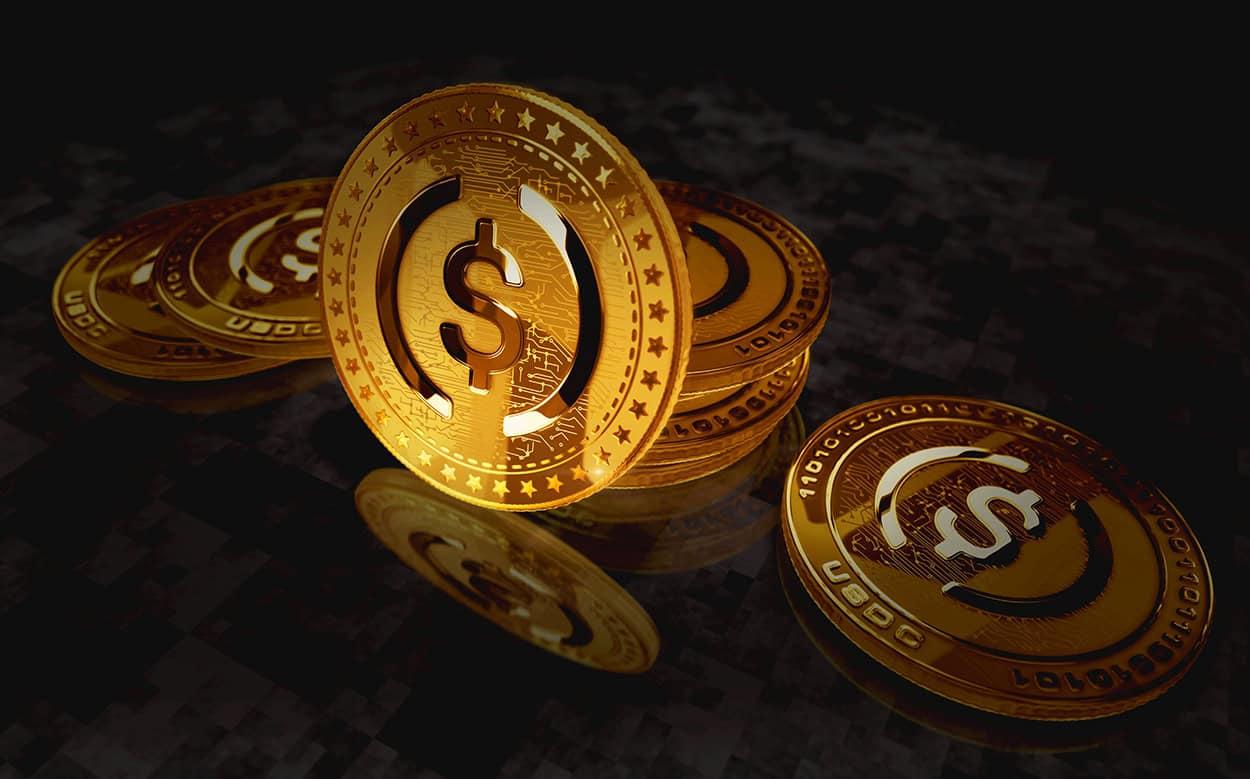Circle Explores Korean Banking Systems with USDC Integration Strategy
Circle's President, Heath Tarbert, recently embarked on a comprehensive visit to South Korea, engaging in strategic discussions with the nation's central bank and key players in the banking landscape, including the prominent KB Kookmin, Shinhan, Hana, and Woori banks. While initial speculation centered around the possibility of launching a new Korean won-based stablecoin, the reality of these meetings focused on a different objective: leveraging the existing capabilities of Circle's established USDC token to transform Korea's financial services sector.
As Circle pursues its international expansion strategy, the narrative deliberately steers away from won stablecoin issuance toward exploring the dynamic potential of USDC, which has achieved an impressive market capitalization of $70 billion. The primary objective involves integrating USDC into Korean banking protocols to enhance advanced financial services, particularly in areas such as remittances and cross-border transactions. This strategic approach positions USDC as a powerful financial instrument that could revolutionize how Korean banks handle international monetary transfers.
The journey toward USDC integration faces significant challenges, as South Korea's stablecoin regulatory environment remains shrouded in legislative uncertainty. Currently, two competing draft laws await consideration in the National Assembly, both seeking to establish clear frameworks for domestically issued stablecoins. However, these proposed regulations primarily address domestic tokens while leaving offshore stablecoins like USDC in a regulatory gray area. Circle's strategic timing appears deliberate, aiming to position USDC as an essential financial tool before comprehensive legislation addresses offshore digital assets.
Korean banking giants are already participating in a collaborative consortium exploring domestic stablecoin issuance opportunities. Yet these initiatives operate within an unregulated framework, creating both opportunities and uncertainties for financial institutions. The regulatory ambiguity presents a unique window for Circle to demonstrate USDC's capabilities and establish strong partnerships with Korean banks before legislative frameworks potentially reshape the digital asset landscape.
In the competitive world of international finance, timing proves crucial for market positioning. Circle's approach demonstrates strategic foresight by encouraging Korean banks to adopt USDC integration immediately, potentially securing advantageous market positions before regulations address offshore token usage. This forward-thinking initiative could provide Korea with enhanced global financial connectivity while establishing Circle at the forefront of innovative remittance solutions.
The discussions between Tarbert and Korean financial institutions explored practical applications for USDC within existing banking infrastructures. Rather than creating new digital assets, this strategy focuses on maximizing the utility of an established, globally recognized stablecoin. USDC's proven track record and substantial market presence make it an attractive option for banks seeking reliable digital payment solutions without the complexities of developing proprietary tokens.
Korean media outlets have speculated extensively about Circle's underlying strategy, recognizing the sophisticated reasoning behind promoting an offshore token over potential domestic alternatives. By positioning USDC as a preferred medium for international transactions, Circle could effectively capture significant market share in Korea's remittance sector while regulatory frameworks continue evolving. This approach leverages both established infrastructure and regulatory timing to create competitive advantages.
The strategic implications extend beyond immediate business opportunities, potentially reshaping how Korean financial institutions approach digital asset integration. By demonstrating USDC's practical applications in remittances and cross-border payments, Circle aims to establish long-term partnerships that could influence Korea's broader adoption of blockchain-based financial solutions. This positioning strategy reflects Circle's commitment to expanding USDC's global utility across diverse financial markets.
As regulatory clarity gradually emerges in South Korea's digital asset sector, Circle's proactive engagement with major banking institutions positions the company advantageously for future market developments. The emphasis on practical implementation over speculative token creation demonstrates a mature approach to blockchain integration within traditional financial systems, potentially serving as a model for similar initiatives across other international markets seeking digital payment innovation.


